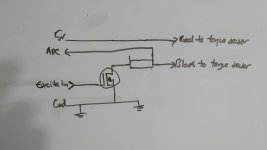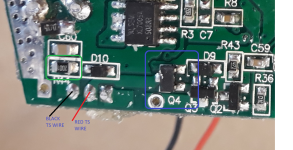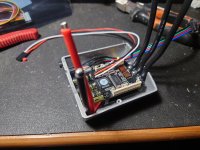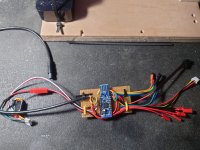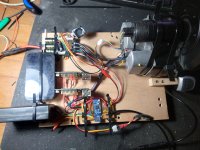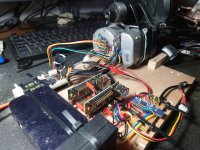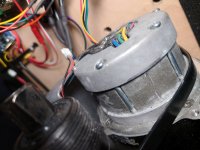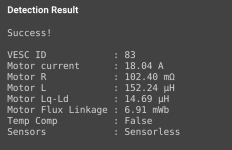rayholland
1 mW
- Joined
- Nov 25, 2022
- Messages
- 18
I know this has been discussed a million times here, but i need to be sure before buying a battery pack for my OSF flashed 36v TSDZ2b motor.
Background:
I'm converting my vintage 24" bmx bike into an e-bike and i bought and installed the 36v TSDZ2b motor version, because the only battery pack (at that time which i found on ali) which would fit (small enough) the bmx frame was an 36v/20ah battery pack (no-brand 18650 batteries).
BUT, i now found a 48v/25ah pack (samsung 18650's) which is a little bit bigger but would also fit inside the frame (more expensive, but that's ok for me).
I read here that a 48v battery on a 36v motor would keep the motor cooler at the same wattage as a 36v battery on a 36v motor. Is this true?
Will a 48v battery on a 36v motor also make the bike more snappier/responsive (i also want to use a thumb throttle in case i get too tired pedaling ?
?
What would be the advantages/disadvantages using a 48v battery over a 36v battery with a 36v motor?
Or does it really not matter and just buy the cheapest (36v battery pack)?
Should i go for the 48v battery pack or get the 36v battery pack?
BTW: I already have flashed the OSF.
BR,
Ray
Background:
I'm converting my vintage 24" bmx bike into an e-bike and i bought and installed the 36v TSDZ2b motor version, because the only battery pack (at that time which i found on ali) which would fit (small enough) the bmx frame was an 36v/20ah battery pack (no-brand 18650 batteries).
BUT, i now found a 48v/25ah pack (samsung 18650's) which is a little bit bigger but would also fit inside the frame (more expensive, but that's ok for me).
I read here that a 48v battery on a 36v motor would keep the motor cooler at the same wattage as a 36v battery on a 36v motor. Is this true?
Will a 48v battery on a 36v motor also make the bike more snappier/responsive (i also want to use a thumb throttle in case i get too tired pedaling
What would be the advantages/disadvantages using a 48v battery over a 36v battery with a 36v motor?
Or does it really not matter and just buy the cheapest (36v battery pack)?
Should i go for the 48v battery pack or get the 36v battery pack?
BTW: I already have flashed the OSF.
BR,
Ray







